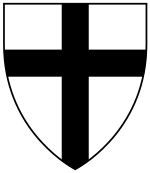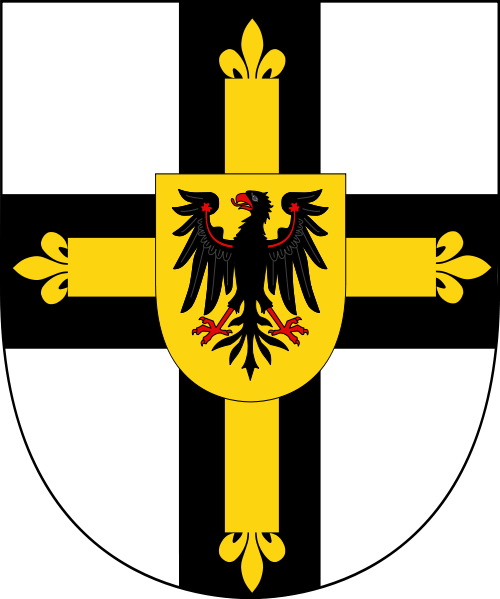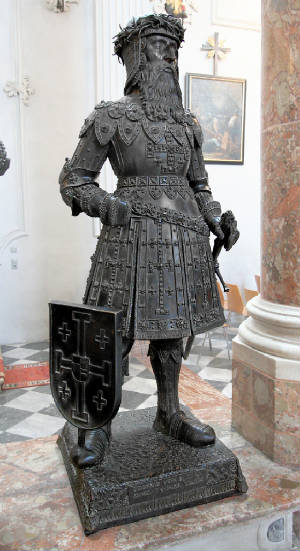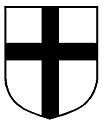 |
|
The Officers of the Kingdom of Jerusalem There were six major officers of the kingdom of Jerusalem: the constable, the marshal, the seneschal, the chamberlain (which were known as the "Grand Offices"), the butler and the chancellor. At certain times there were also bailiffs, viscounts and castellans. Essentially these offices developed from the typical officials that existed in northern France in the 11th century, the homeland of the first kings of Jerusalem. The offices continued to develop in France and England, but in Jerusalem they tended to develop more slowly or not at all, taking on different roles than their European counterparts. The lists given below are incomplete, as the specific names and dates of the officers are sometimes unknown. After the fall of the Kingdom of Jerusalem, the offices were sometimes awarded as honors by the kings of Cyprus and Jerusalem. ConstablesThe constable commanded the army, paid mercenaries and judged legal cases pertaining to the military. He was the most important officer in the kingdom, due to the almost constant state of warfare that existed between the Christian and Muslim states. The constable was officially the second-in-command of the army, in which he exercised police authority and commanded a division twice as large as all others. In addition, constables also determined the boundaries and borders of the kingdom. During the coronation the constable would hold the king's horse.
MarshalsThe marshal was next-in-command (and, apparently, a literal vassal) to the constable. He led the mercenaries and was in charge of the army's horses, and distributed the spoils of a victorious battle. On coronation day the marshal would assist the constable.
SeneschalsThe office of seneschal in Jerusalem never achieved the prominence of its European counterparts but was important nonetheless. The seneschal administered the coronation ceremony, oversaw the Haute Cour in the king's absence, administered royal castles, and managed the royal finances and revenue. The seneschal's power was over only viscounts and not castellans, and the constable was still superior to the seneschal due in part to the kingdom's constant state of war. During coronations the seneschal would hold the royal sceptre and oversee the coronation feast. The office was similar to, but not as developed as, the English office of the exchequer.
ChamberlainsThe Chamberlain administered the royal household and its servants, and had other honorary duties such as administering oaths. On coronation day the chamberlain would robe the king. He had his own fief from which he drew his salary.
ButlersThe butler was in charge of the royal table and also administrated the kingdom's vineyards.
ChancellorsThe chancellor drew up deeds and charters and managed the kingdom's diplomatic service. The chancellery is an interesting example of the fossilization of 11th century offices. It consisted of only a few secretaries and scribes, and never became the large administrative bureaucracy that had developed elsewhere in Europe. Chancellors tended to be clergymen who often became bishops or archbishops, sometimes while still holding the chancellery. The relative unimportance of the chancellor reflects the relative decentralization of royal authority as compared to states like France or England that were at the same time becoming more centralized.
BailiffsThe bailiff (or bailli) administered the kingdom in the absence or minority of the king, in the capacity of a regent; for example, during the captivity of Baldwin II, and the youth and illness of Baldwin IV. In the 13th century the bailiff ruled essentially as a king himself, and was the most powerful man in the kingdom, as the kings were usually foreign monarchs who did not live permanently in the kingdom.
Viscounts and CastellansThese two offices were sometimes held by one person and sometimes held by two separate people; sometimes one or the other was not held at all. They were named by the king and occupied the Tower of David, but their specific duties are mostly unknown and were probably not particularly important; one of the duties of the viscount was apprehending criminals and administering justice in the lower-class burgess court. Like the office of butler, these offices may not have survived the move to Acre.
|






